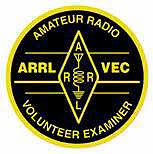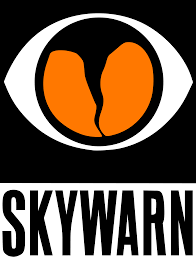Most entities ARES will support utilize a standardized command structure call the "Incident Command System". The Incident Command System, usually referred to as ICS, is designed to be scalable for emergencies ranging from a car wreck to a hurricane. The purpose of the standardized ICS is so that the various government agencies and non-government organizations, often referred to NGOs, all understand the chain of command and the various positions within the system.
FEMA offers a series of free on-line courses so volunteers, police, firemen, and local government officials can easily learn, demonstrate proficiency, and get certified as being proficient in a variety of area.
ARES, like many NGOs (including the American Red Cross, Salvation Army, and others), has committed to requiring their volunteers to have various levels of FEMA course certifications before being deployed. The requirements are usually fairly minimal for most ARES volunteers, requiring only the introductory certifications to participate in support positions.
Those participating in more direct participation with a served entity may require more training. For instance, Hospital Teams or those who will deploy to areas affected by Hurricanes or other disasters will usually be required to have additional certifications. That being said, each of these courses are usually not beyond the ability of a typical volunteer to complete within a day.
So, what courses would an ARES volunteer want to take? The first one, IS-100: Introduction to the Incident Command System, provides a basic level of understanding of what the Incident Command Systems is, what the command structure looks like, and how we would fit into the system. In addition to that, it is recommended that the volunteer take IS-200: ICS for Single Resources and Initial Action Incidents. These two courses will usually suffice to function as an entry level ARES volunteer, operating as a net control station, shelter volunteer, and as a message traffic handler.
To deploy to served agencies such as to local Emergency Operations Centers, hospitals, and those locations more directly involved in dealing with the physical emergency will usually be required to additionally take IS-700 and IS-800 as well. Again, each of these courses can be completed within a day.
So, how do you take these courses and tests? First, you'll need to sign up to get a FEMA Student Identification Number by going to https://cdp.dhs.gov/femasid and signing up. It's free.
Once you have your Student ID you can go to the course list page (https://training.fema.gov/is/crslist.aspx) and select the course you'd like to take. Once you've gone through the course material you can take an open-book type test, and receive your certificate via email. The certificates are PDF and can be printed.
Carroll ARES volunteers are asked to forward the certificates to me as you complete them so I can update the state ARES database.




